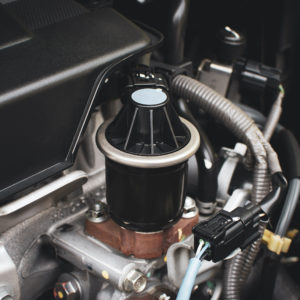In their efforts to reduce toxic emissions, car manufacturers have added an important system to modern engine designs called EGR or exhaust gas recirculation. This system helps moderate nitrogen oxide emissions by lowering combustion temperatures.
Just like any other car part or any other system in your engine, there may be faults that prevent your EGR from working properly. One of the OBD II trouble codes related to EGR is fault code P0402.
What Does the P0402 Code Mean?
Diagnostic Trouble Code (DTC) P0402 stands for Exhaust Gas Recirculation “A” Flow Excessive Detected. It indicates that the powertrain control module (PCM) has detected excessive EGR.
It is one of the generic diagnostic trouble codes in a number of makes and models that are related to the vehicle’s EGR.
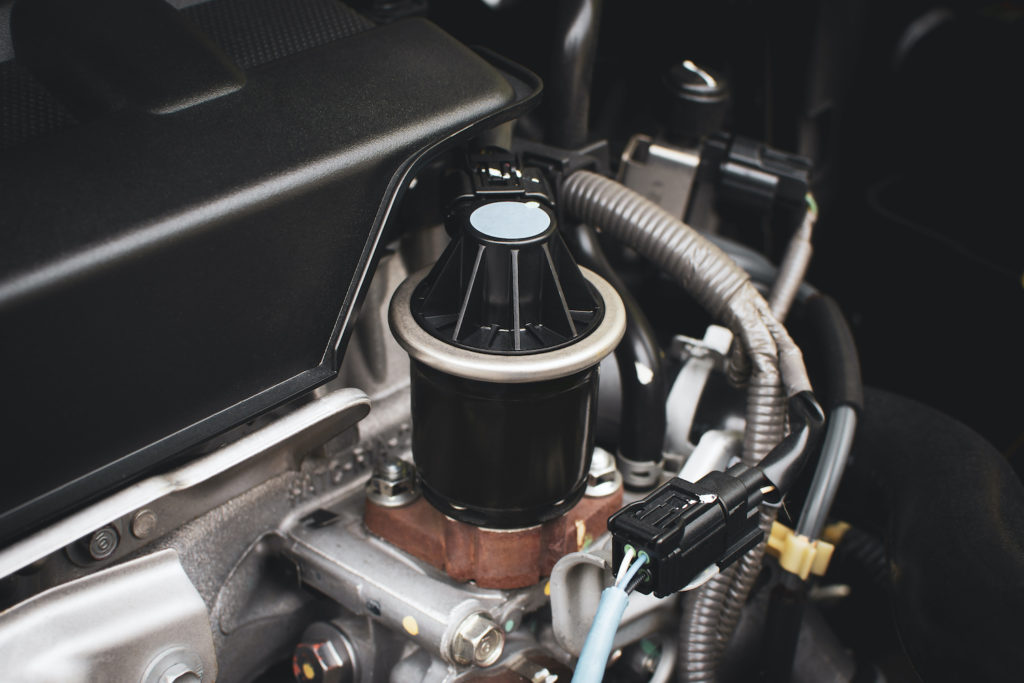
Note: The definition of code P0402 may be different depending on the vehicle manufacturer. Consult the appropriate repair manual or repair database for the exact code definition.
EGR System
The EGR system controls the amount of nitrogen oxide emissions by lowering engine combustion temperatures. Nitrogen oxide gases are formed when the temperature in your combustion chamber is too high. How does the EGR system help in reducing these NOx gases?

There are different EGR system designs in use today. Although the specifics of each system may vary, all use some type of EGR valve. When conditions are correct, the PCM commands the EGR valve to open, allowing exhaust gases to be recirculated into the engine’s intake manifold. Introducing these inert gases into the engine lowers combustion temperatures and reduces NOx emissions.
EGR is only needed in limited amounts under certain driving conditions. If the PCM detects that there is excessive EGR flow, it turns on the check engine light and sets code P0402 in its memory.
It’s important to note that code P0402 is often set in Ford vehicles that use a differential pressure feedback EGR (DPFE) sensor to determine how much EGR is flowing.
If you’re planning a DIY approach to fixing P0402, you can find more technical information in our in-depth look at the EGR system.
What are the Possible Causes of the P0402 Code?
Here are possible triggers of the P0421 code:
- Faulty differential pressure sensor
- Blockage in the EGR passages (due to carbon build-up)
- Failing EGR valve
- EGR valve not opening due to lack of vacuum
- EGR control circuit issues, such as damaged wires and poor connections
- An issue with the PCM, such as software in need of an update
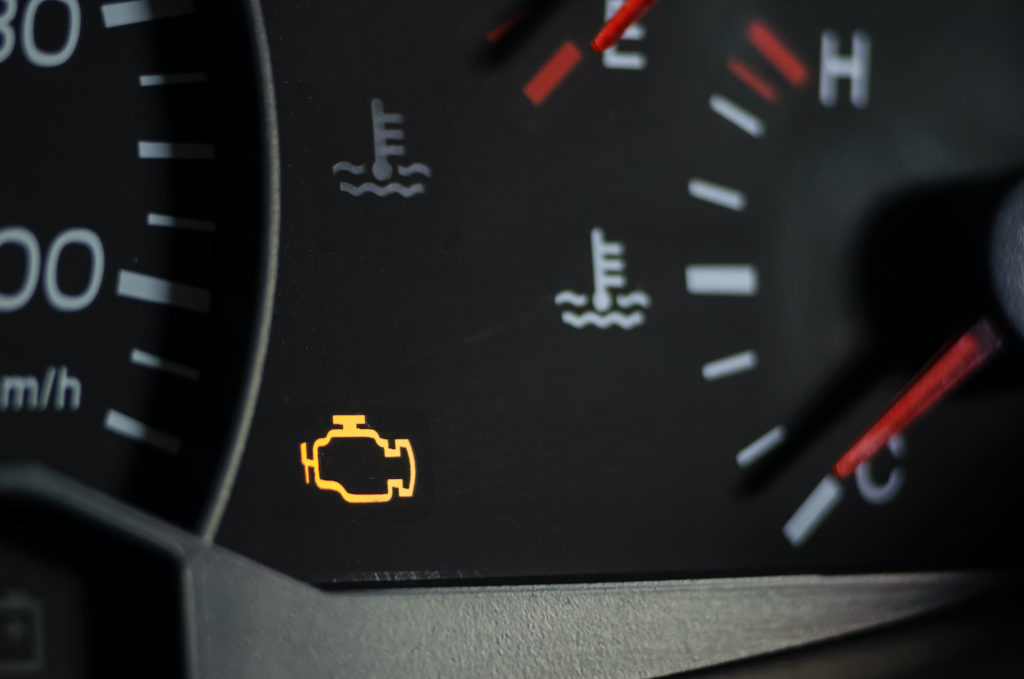
What are the Possible Symptoms of the P0402 Code?
Generally, faults related to this code will cause drivability problems. However, symptoms may differ depending on the vehicle you own. Here are some of the common symptoms related to code P0402:
- Engine may surge off when on idle
- Activated check engine light
- Stalling
- Rough idle
- In extreme cases, the vehicle may not start
How to Diagnose the P0402 Code
P0402 is a generic code, and it can be seen in many makes and models. However, keep in mind that diagnostics and repair procedures may be different per car manufacturer or depending on your vehicle’s year, make, and model. For example, procedures to fix a P0402 code in Ford may differ from the troubleshooting process of a P0402 code in Toyota. Here are video clips to give you an idea of what the troubleshooting process might involve:
How to Fix the P0402 Code
The first step to resolving the P0402 code is diagnosis. Once you’ve established what triggered the code, start researching the appropriate fix. Use online auto repair resources. Be sure to look for a solution that’s specific to your vehicle’s year, make, and model.
If you’re not confident with your automotive know-how and DIY repair skills, let your mechanic address the P0402 code.
How to Get a Quality Differential Pressure Sensor
One way to fix a P0402 code is to replace your vehicle’s faulty differential pressure sensor. If left unaddressed, the malfunctioning sensor can cause significant damage to the engine. Fortunately, getting a replacement differential pressure sensor is easy when you shop online at CarParts.com.
Go to CarParts.com and input your vehicle’s year, make, and model to view compatible parts. You can also use our filters to narrow down the catalog to differential pressure sensors that match your preferences.
We source our differential pressure sensors from the most trusted names in the industry to ensure their quality. Plus, our warehouses are strategically located across the US, so you can get your order in as fast as two business days regardless of which state you live in.
Codes like P0402 need to be resolved as soon as possible. Don’t wait until your differential pressure sensor is completely broken before getting a replacement. Check out our differential pressure sensors at CarParts.com.
Products Mentioned in this Guide
Any information provided on this Website is for informational purposes only and is not intended to replace consultation with a professional mechanic. The accuracy and timeliness of the information may change from the time of publication.


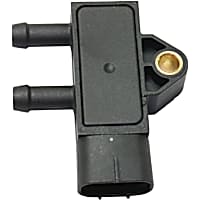 Differential Pressure Sensor
Differential Pressure Sensor
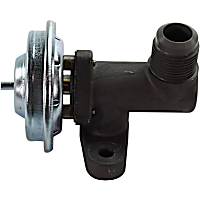 EGR Valve
EGR Valve
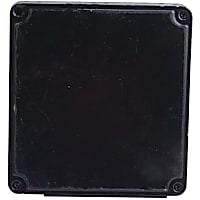 Engine Control Module
Engine Control Module


